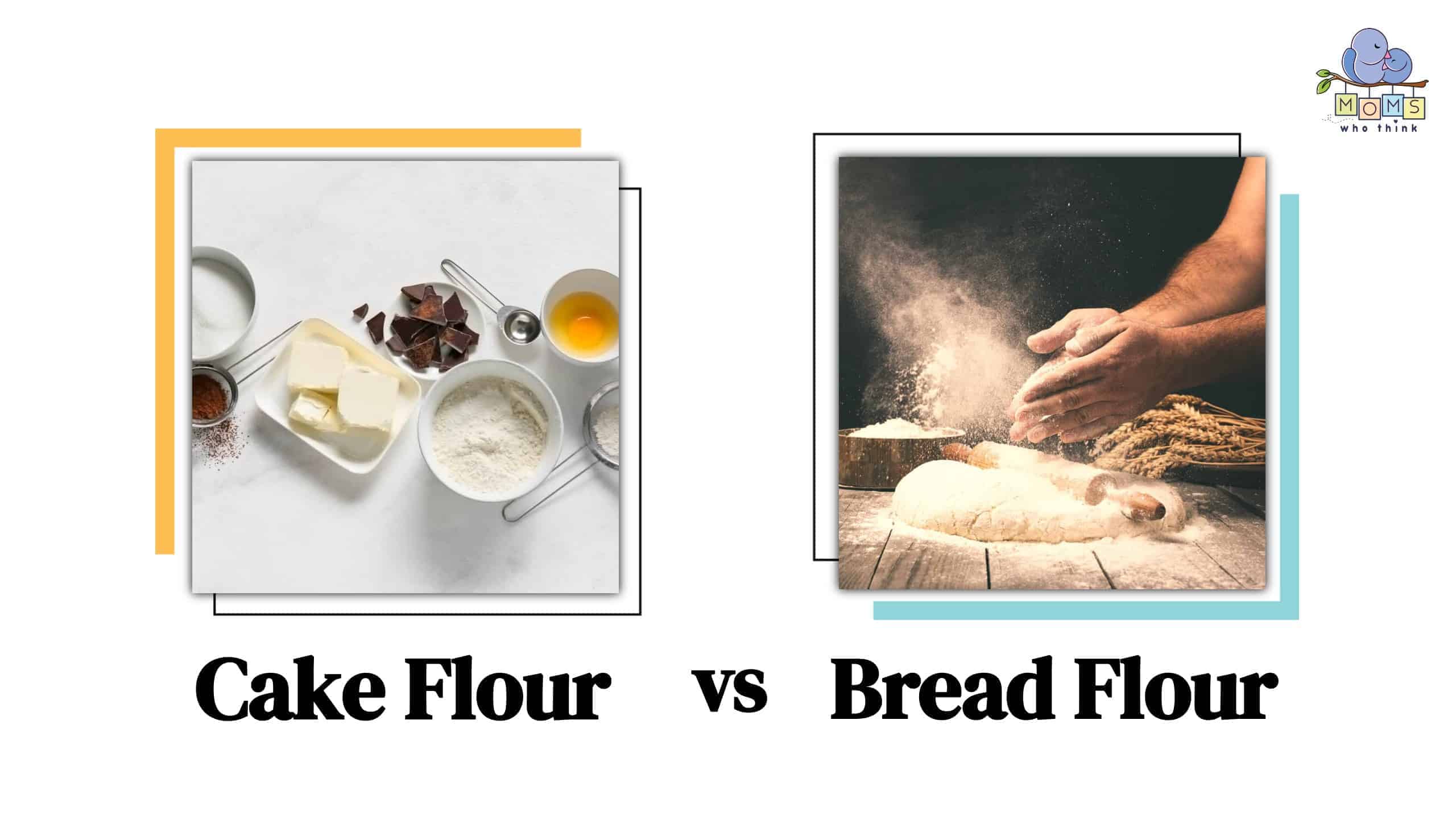Have you ever found yourself standing in the baking aisle, gazing at various types of flour, wondering which one to choose? Or found yourself ready to make a recipe only to realize you do not have the type of flour called for in the pantry? Fear not, because I'm here to shed light on the differences between two popular flour varieties: cake flour and bread flour. Can you swap them for each other? If not, what's the actual difference? (And will it ruin your recipe if you throw caution to the wind and substitute one for the other, anyway?)
Are bread flour and cake flour the same thing?
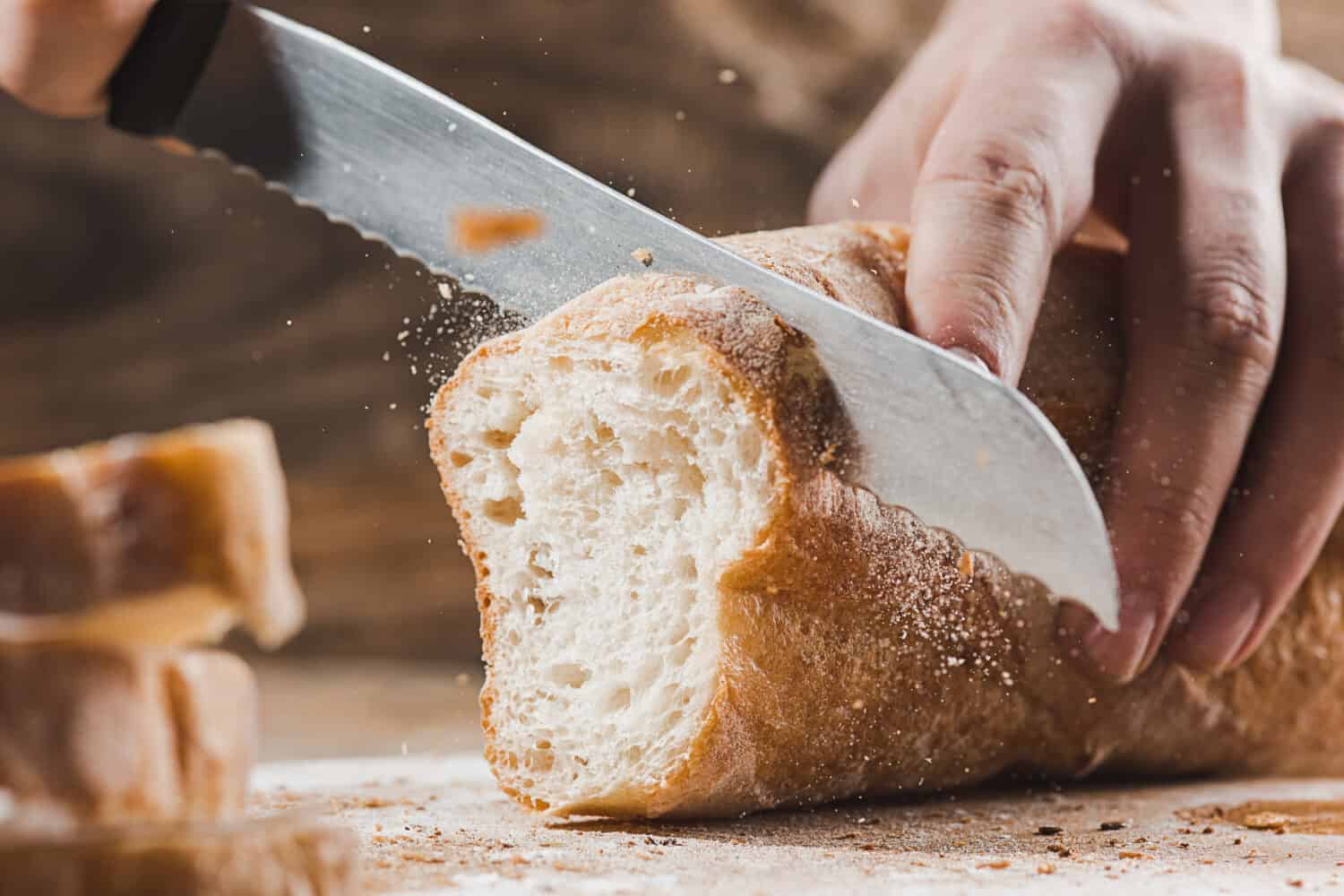
©Master1305/Shutterstock.com
You might have wondered whether cake flour and bread flour are interchangeable. Well, the truth is, even though they're closely related to one another, they aren't quite the same thing. Both have distinct characteristics that make them ideal for specific culinary applications.
Nutritional Differences
While the primary role of flour in baking is to provide structure, there are some nutritional variations between cake flour and bread flour. Cake flour is typically lower in protein content, which results in a softer and more tender texture in baked goods. Bread flour, on the other hand, boasts a higher protein content, making it ideal for yeast-based bread recipes.
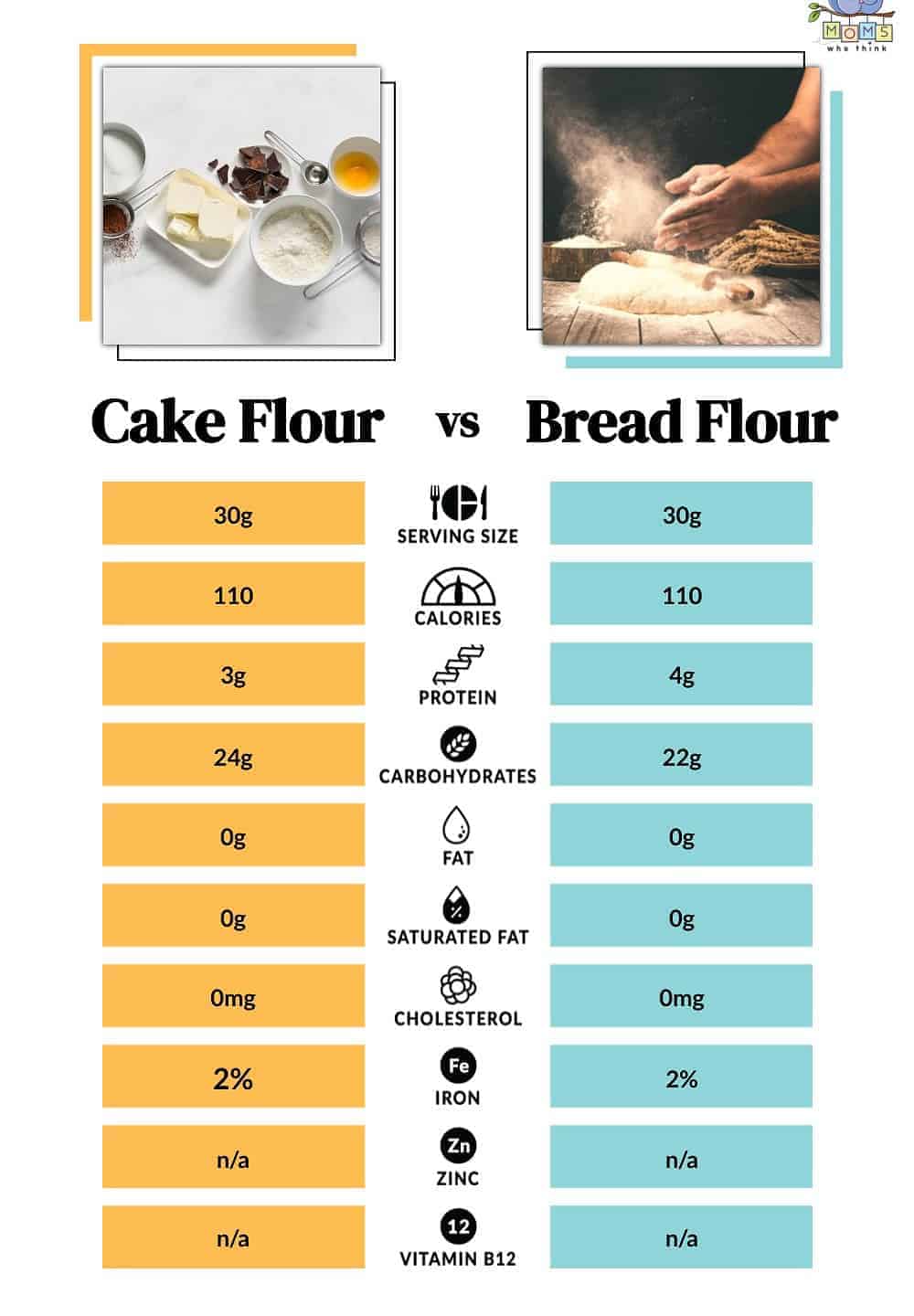
©
Cake Flour: The Secret Ingredient for Delicate Cakes
Cake flour is a fine-textured, low-protein flour that is perfect for creating light and tender cakes – which means your teeth can sink all the way through the baked good with little to no resistance.
To make cake flour, manufacturers mill soft wheat varieties. They then undergo a milling process that removes a portion of the bran and germ.
Substitution Options for Cake Flour: What can you substitute for cake flour in a recipe?
If you're out of cake flour, don't fret! You can easily make a DIY version. For every cup of cake flour needed, simply measure out one cup of all-purpose flour and remove two tablespoons. Then, replace those two tablespoons with cornstarch. Make sure you sift the mixture a couple of times to distribute the cornstarch evenly, or this swap can get sticky (literally).
Other Uses for Cake Flour
Apart from cakes, cake flour is also incredible to make delicate cookies, tender biscuits, and even pie crusts. Its low protein content ensures a more delicate and tender crumb.
Bread Flour: The Foundation of Hearty Breads
Bread flour is your go-to choice for yeasted bread recipes. It has a higher protein content, typically around 12-14%, which aids in gluten development. The result is a chewy and well-structured bread. Here's what you need to know:
Substitution Options for Bread Flour: What Can You Use if You Don't Have Bread Flour for a Recipe?
If you find yourself without bread flour, you can create a substitute using all-purpose flour and vital wheat gluten. Simply combine one cup of all-purpose flour with one tablespoon of vital wheat gluten. This combination will help boost the protein content, mimicking the properties of bread flour. Honestly, though, vital wheat gluten is more of a specialty ingredient than bread flour is. It's more expensive, too. (You're probably better off keeping a small bag of high-protein bread flour in your pantry.)
Other Uses for Bread Flour
Beyond bread, bread flour can be used in recipes like pizza dough, bagels, and chewy cookies. Its higher protein content provides these baked goods with a hearty and satisfying texture. If you want your baked good to have extra structure and chew, bread flour is the flour of choice for you.
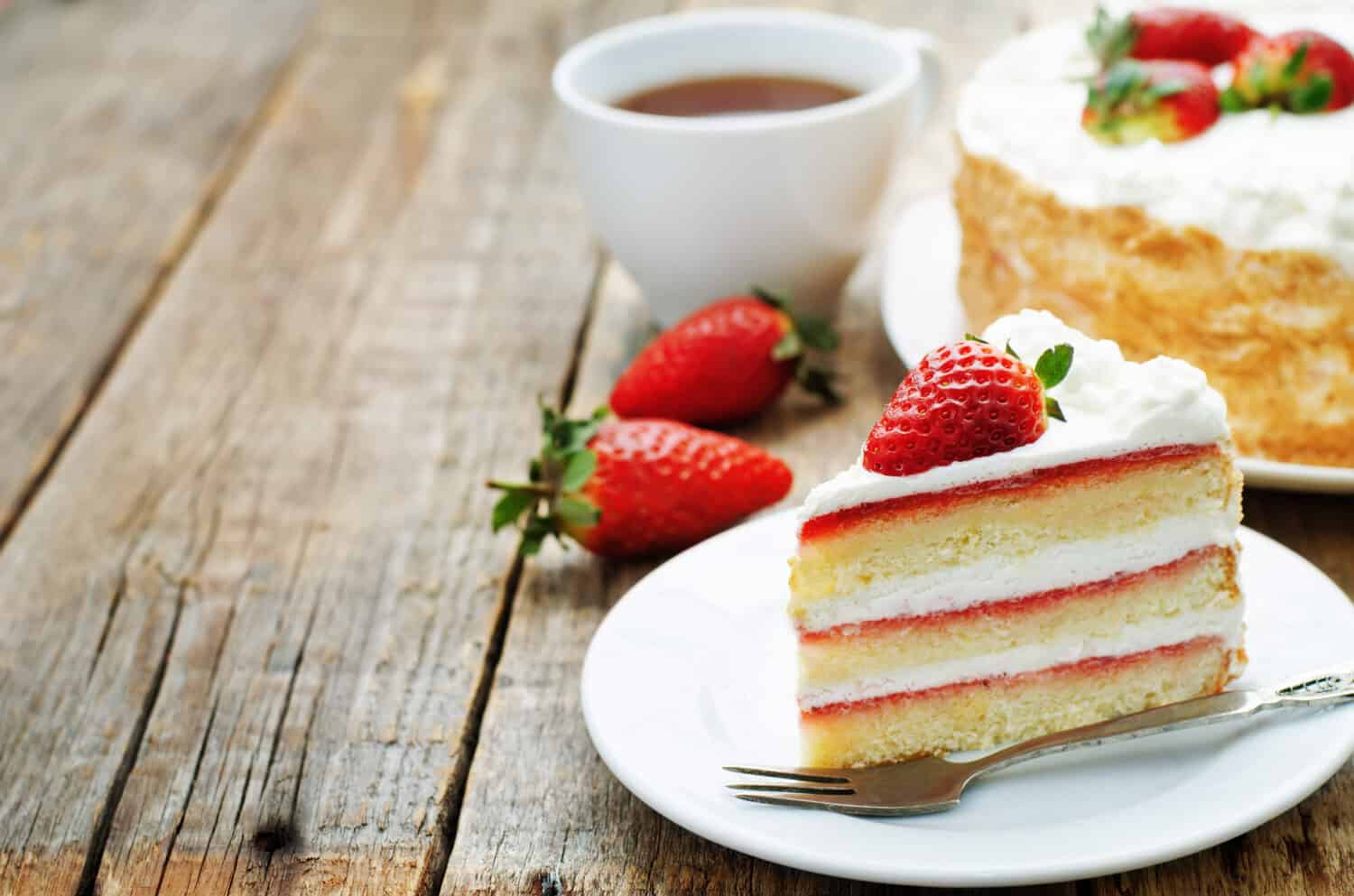
©Nataliya Arzamasova/Shutterstock.com
Can Cake Flour and Bread Flour Be Substituted for Each Other?
While cake flour and bread flour can't be directly swapped in most recipes, there are some instances where substitution is possible, with a few adjustments:
Cake Flour as a Bread Flour Substitute:
In certain situations, you can use cake flour as a substitute for bread flour if you make some adjustments. For each cup of bread flour required, use 1 cup and 2 tablespoons of cake flour instead. Additionally, add 2 tablespoons of vital wheat gluten to enhance the protein content.
If you don't have vital wheat gluten handy, you can expect breads made with cake flour to lose some of their signature spring and chew. The flavor will be just as delicious, but the texture definitely won't be the same.
Bread Flour as a Cake Flour Substitute:
Conversely, bread flour can be used as a substitute for cake flour if necessary. For each cup of cake flour required, use 1 cup of bread flour but remove 2 tablespoons. Next, add in 2 tablespoons of either cornstarch or arrowroot powder. You must then sift the flour a couple of times to achieve a slightly finer texture and to ensure the mix-in is evenly distributed.
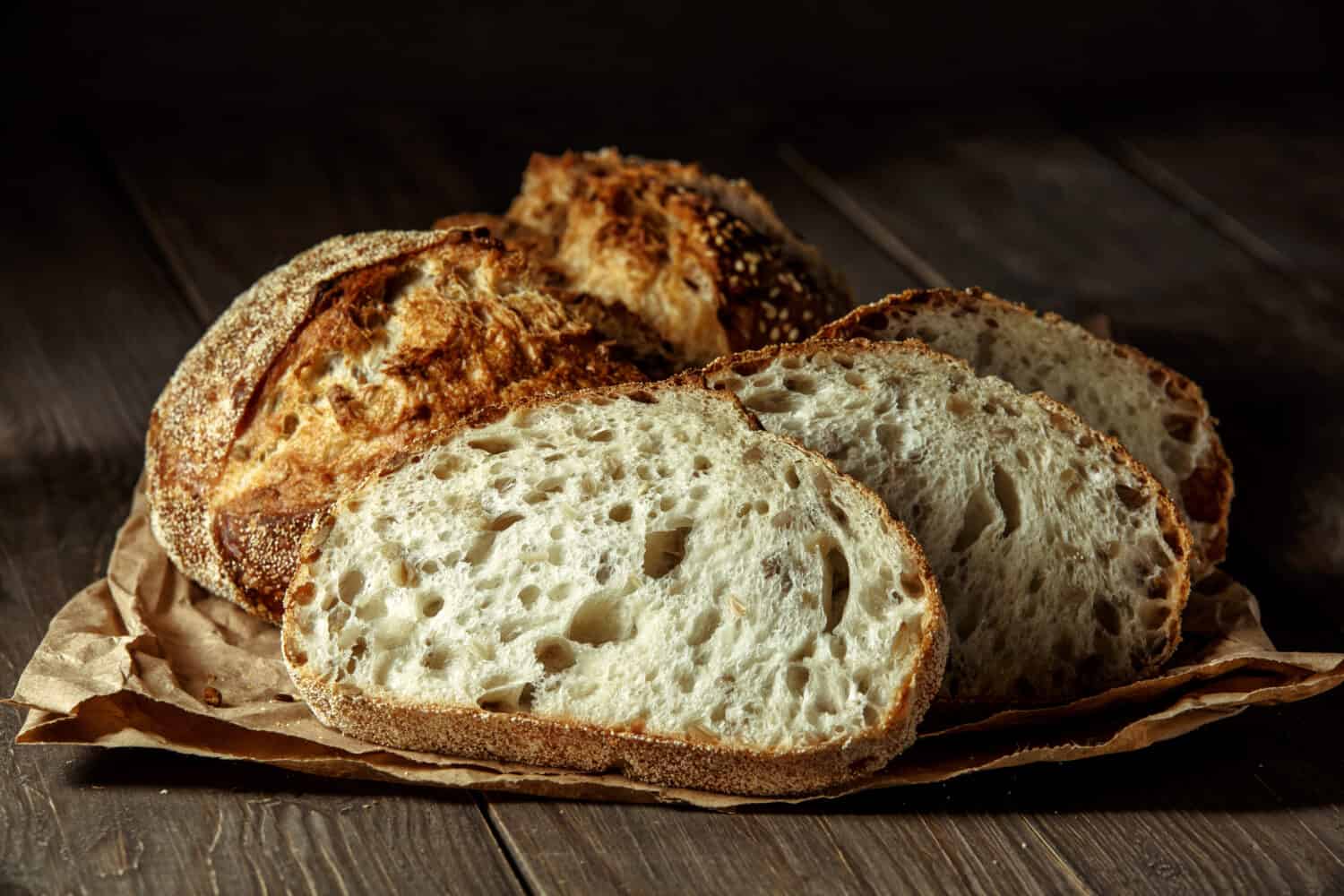
©Bukhta Yurii/Shutterstock.com
Are there gluten-free bread flour and cake flour substitutions?
For those who are unable to consume wheat-based flour, there are a variety of gluten-free alternatives available. You'll often find the best results with a gluten-free flour blend intended for bread if that's the recipe you're making. Bob's Red Mill and King Arthur's Flour both have gluten-free flour mixes that work well in recipes that call for bread flour.
Another option is using a homemade blend of gluten-free flour, such as rice flour, potato starch, and tapioca flour. You can also use almond flour, which can give baked goods a nutty flavor and dense texture. What you're sacrificing is the airy, chewy texture that bread flour brings to the baking party.
As for cake flour, a popular gluten-free substitution is using a blend of rice flour and cornstarch. This blend can help mimic the texture and lightness of traditional cake flour. Another option is using coconut flour, although it should be used in smaller quantities as it can absorb more liquid than other flours. You can also use Bob's Red Mill or King Arthur Flour's 1:1 Gluten-Free Baking Flour options and expect good results.
It's important to note that when substituting for wheat-based flour, it may take some trial and error to achieve the desired texture and flavor. Experimenting with different ratios and combinations of gluten-free flour can lead to delicious and satisfying results.
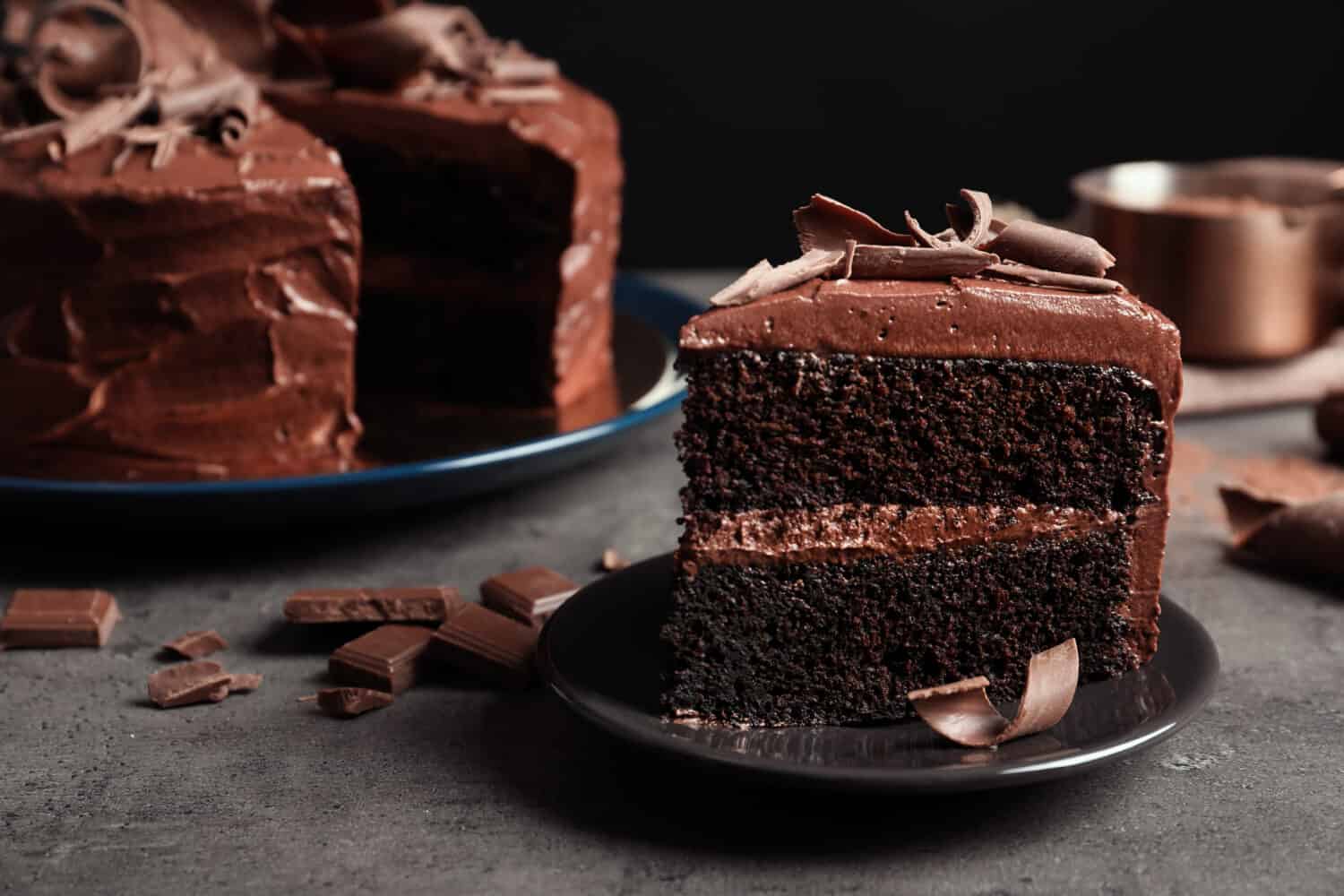
©New Africa/Shutterstock.com
What are the specific protein content differences between cake flour and bread flour?
When it comes to protein content, there are some notable differences between cake flour and bread flour. Cake flour typically has a lower protein content, ranging from 7-8%, while bread flour has a higher protein content, usually in the range of 11-13%. This difference in protein content is what gives bread its characteristic texture and chewiness, while cake flour produces a lighter, more delicate crumb. It's important to choose the right flour for your baking needs, depending on the desired outcome of your recipe.
Can bread flour be used in delicate baked goods like cookies or pie crusts?
While bread flour is generally used for bread and other yeast-based recipes that require a chewy texture, it can also be used in delicate baked goods like cookies or pie crusts. However, the higher protein content in bread flour may result in a tougher, denser texture than desired. For delicate baked goods, it is best to stick with lower-protein flour like all-purpose flour or cake flour, which will produce a lighter, more tender crumb.
Are there any other flour varieties besides cake and bread flour that are commonly used in baking?
There are, in fact, several other flour varieties that are commonly used in baking, such as all-purpose flour, whole wheat flour, and pastry flour. All-purpose flour is a versatile option that can be used in a variety of recipes. Its protein content sits smack in the middle of cake flour and bread flour and can be swapped in for either sans modification without changing the texture of the final product too much.
Whole wheat flour adds a nutty flavor and extra nutrition to baked goods because manufacturers don't strip the germ from the wheat grain during processing. Pastry flour has a lower protein content than all-purpose flour, making it ideal for delicate pastries and baked goods that require a tender crumb. The type of flour you choose will depend on the specific recipe and desired outcome, so it's important to read the recipe carefully and choose the right flour accordingly.
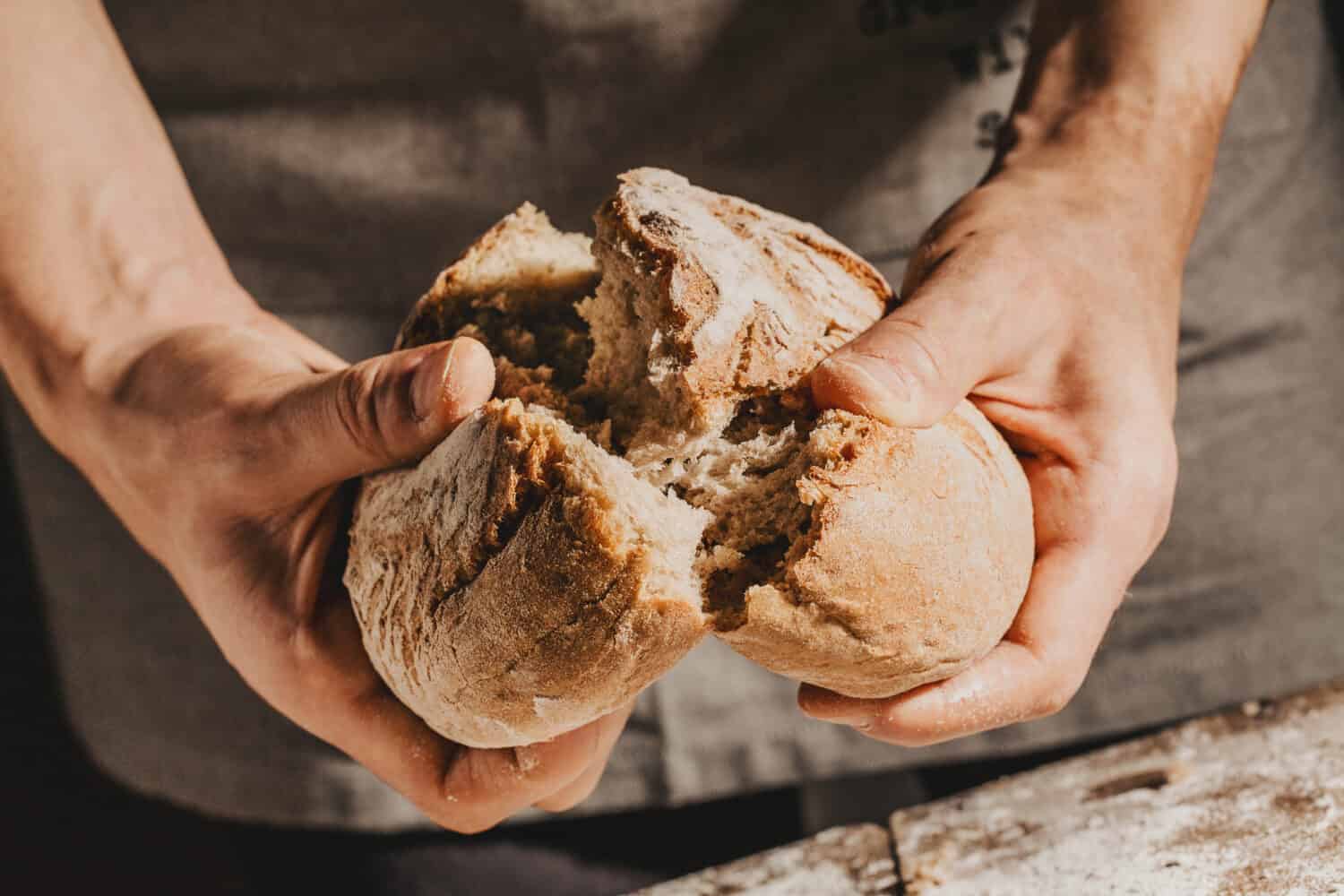
©nerudol/Shutterstock.com
Best Bread Flour Recipes
- Pumpkin Nut Bread
- Mama Shirley's Bread and Rolls Recipe
- Banana Bread Day
- The Easiest Loaf of Bread You'll Ever Make (King Arthur Flour)
Best Cake Flour Recipes
Print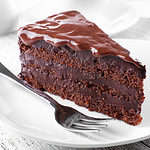
Midnight Velvet Deep Chocolate Cake with Cake Flour
Ingredients
2 cups sugar
1 3/4 cups cake flour
3/4 cup Hershey’s Cocoa or Hershey’s Premium European-Style Cocoa
1 1/2 teaspoons baking powder
1 1/2 teaspoons baking soda
1 teaspoon salt
2 eggs
1 cup milk
1/2 cup vegetable oil
2 teaspoons vanilla extract
1 cup boiling water
Chocolate buttercream frosting
Instructions
1. Preheat oven to 350 degrees F. Grease and flour two 9 inch round pans or one 13x9x2-inch baking pan.
2. Stir together sugar, flour, cocoa, baking powder, baking soda and salt in large bowl.
3. Add eggs, milk, oil and vanilla; beat on medium speed of electric mixer 2 minutes.
4. Stir in boiling water (batter will be thin). Pour batter into prepared pans.
5. Bake 30 to 35 minutes for round pans, 35 to 40 minutes for rectangular pan or until wooden pick inserted in center comes out clean.
6. Cool 10 minutes; remove from pans to wire racks. Cool completely. Frost with Rich Chocolate Buttercream Frosting.
- 10 Best Sheet Cake Recipes
- Poop Emoji Cupcakes (Our Kids' Favorite!)
- Banana Cake with Nutella Ganache
- Cinnamon Apple Breakfast Cake Dippers
- Chai Pear Breakfast Cake
Before you make your own cake flour, be sure to check out Corn Flour vs. Corn Starch so you use the right ingredient!
Conclusion
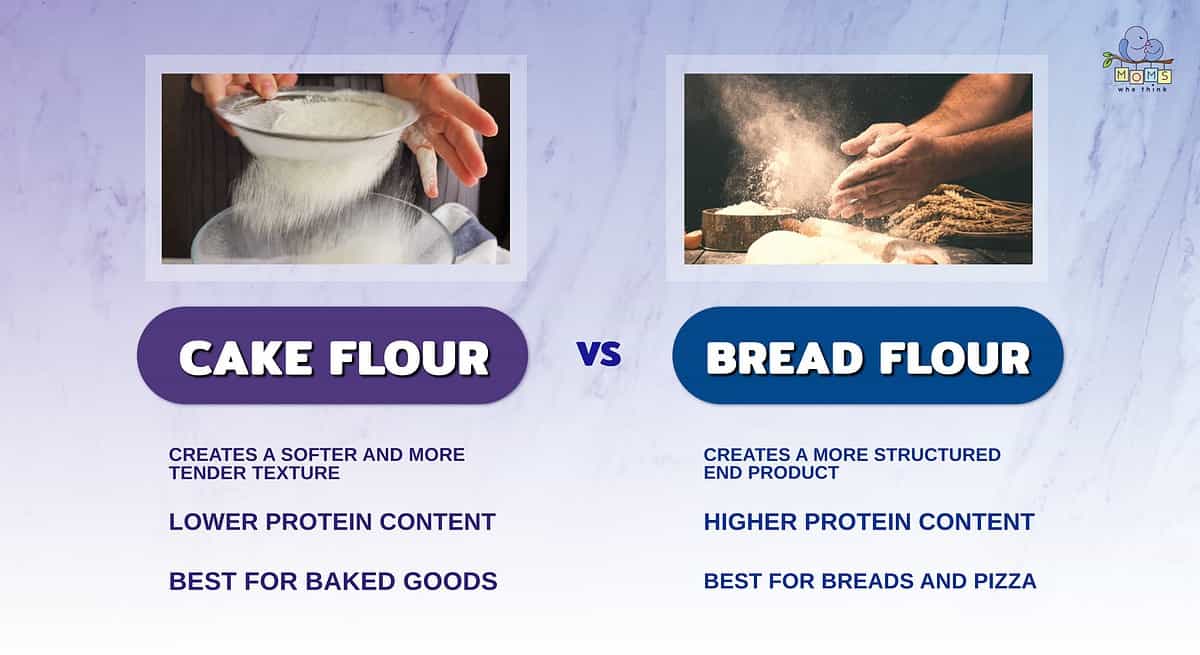
- Cake flour is ideal for baked goods, such as cake and pie crust. Bread flour is ideal for anything that needs structure, such as bread and pizza dough.
- The lower protein content in cake flour is what allows it to create a softer product. Conversely, the higher protein content in bread flour means it's ideal for giving a baked good structure.
- Cake flour and bread flour are not easily swappable in recipes, but with a little care it can be done.
Understanding the differences between cake flour and bread flour is the key to achieving perfect results in your baking projects. Cake flour lends a tenderness to cakes and pastries, while bread flour adds structure to bread and other baked goods. Although not interchangeable in most cases, with a few modifications, you can still create magic in the kitchen using either flour type. It's all about knowing what you're trying to achieve and selecting the best flour for the job. Remember, whether you're whipping up a fluffy cake or kneading dough for a crusty loaf, choosing the correct flour is the first step toward baking success.
